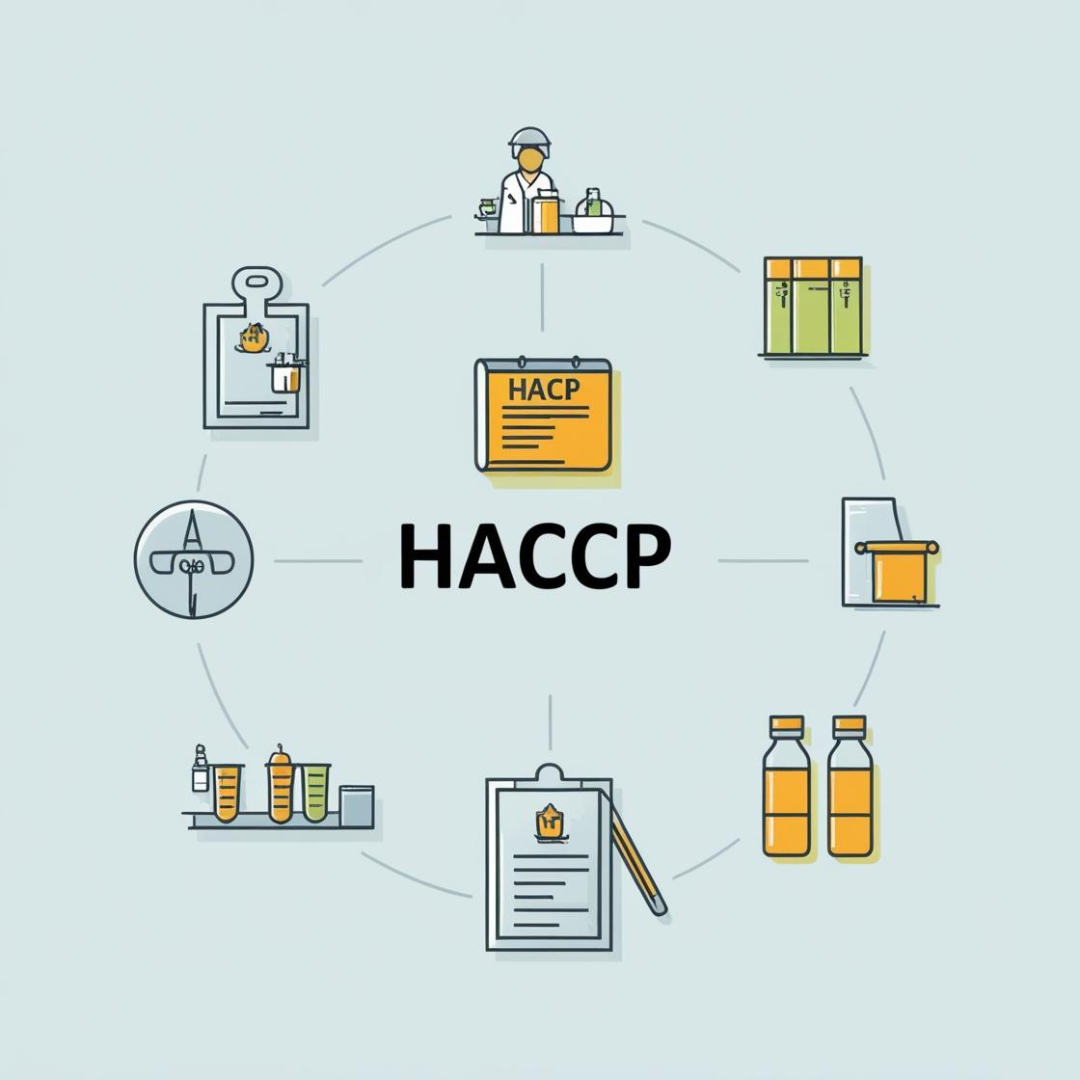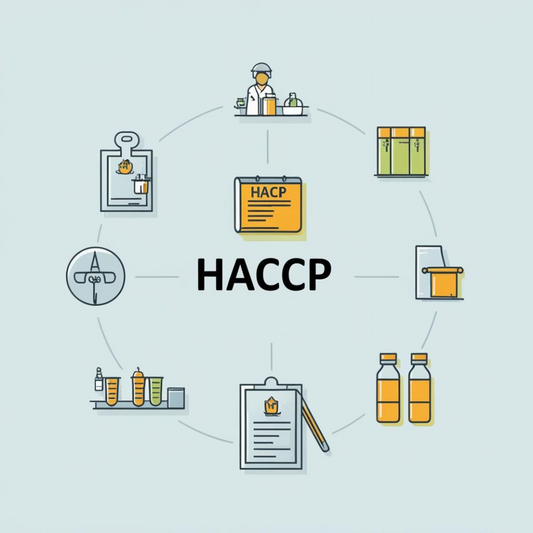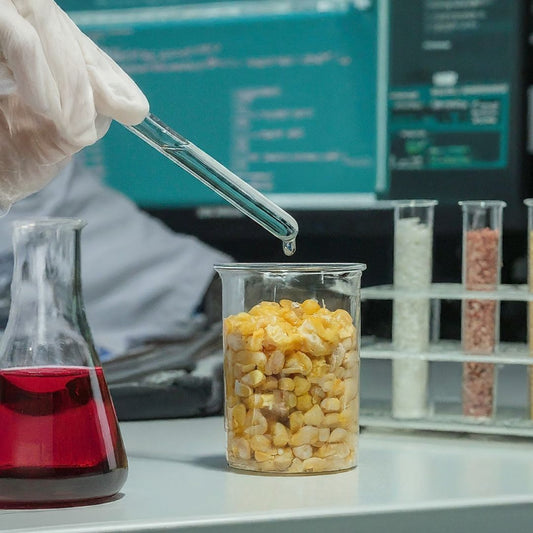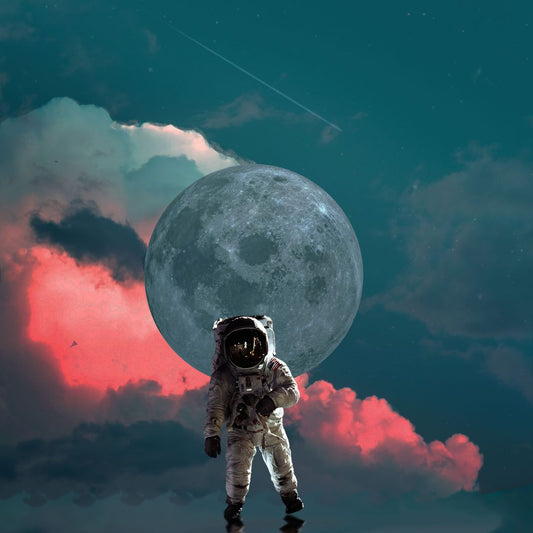NASA’s SpaceX Crew-10 Astronauts to Discuss Science Mission
Share
After spending almost five months in space, NASA’s SpaceX Crew-10 astronauts will discuss their science mission aboard the International Space Station during a news conference at 4:15 p.m. EDT, Wednesday, Aug. 20, from the agency’s Johnson Space Center in Houston.
NASA astronauts Anne McClain and Nichole Ayers, and JAXA (Japan Aerospace Exploration Agency) astronaut Takuya Onishi will answer questions about their mission. The crew returned to Earth on Aug. 9.
Live coverage of the news conference will stream on the agency’s YouTube channel. Learn how to watch NASA content through a variety of additional platforms, including social media.
This event is open to media to attend in person or virtually. For in-person, media must contact the NASA Johnson newsroom no later than 12 p.m.This is the 23rd spacecraft built to deliver goods to the International Space Station. In March, NASA and Northrop Grumman moved up the company’s Commercial Resupply Services-23 mission to September following damage to the Cygnus Pressurized Cargo Module during shipping for the company’s Commercial Resupply Services-22 flight.
Each resupply mission to the station delivers scientific investigations in the areas of biology and biotechnology, Earth and space science, physical sciences, and technology development and demonstrations. Cargo resupply from U.S. companies ensures a national capability to deliver scientific research to the space station, increasing NASA’s ability to conduct new investigations aboard humanity’s laboratory in space.
In addition to food, supplies, and equipment for the crew, Cygnus will deliver research, including materials to produce semiconductor crystals in space and equipment to develop improvements for cryogenic fuel tanks. Cygnus also will deliver a specialized UV light system to prevent biofilm growth and supplies to produce pharmaceutical crystals that could treat cancer and other diseases.
The International Space Station is a convergence of science, technology, and human innovation that enables research not possible on Earth. For almost 25 years, humans have continuously lived and worked aboard the International Space Station, advancing scientific knowledge and demonstrating new technologies that enable us to prepare for human exploration of the Moon and Mars.
Media participating by phone must dial into the news conference no later than 10 minutes prior to the start of the event to ask questions. Questions also may be submitted on social media using #AskNASA. A copy of NASA’s media accreditation policy is available on the agency’s website.
The crew spent 146 days aboard the orbiting laboratory, traveling nearly 62,795,205 million miles and completing 2,368 orbits around Earth. While living and working aboard the station, the crew completed hundreds of science experiments and technology demonstrations. The latest NASA space station news, images, and features are available on Instagram, Facebook, and X.
NASA’s Commercial Crew Program has delivered on its goal of safe, reliable, and cost-effective transportation to and from the International Space Station from the United States through a partnership with American private industry. This partnership is opening access to low Earth orbit and the International Space Station to more people, more science, and more commercial opportunities. For almost 25 years, people have continuously lived and worked aboard the space station, advancing scientific knowledge and demonstrating new technologies that enable us to prepare for human exploration of the Moon as we prepare for Mars.





